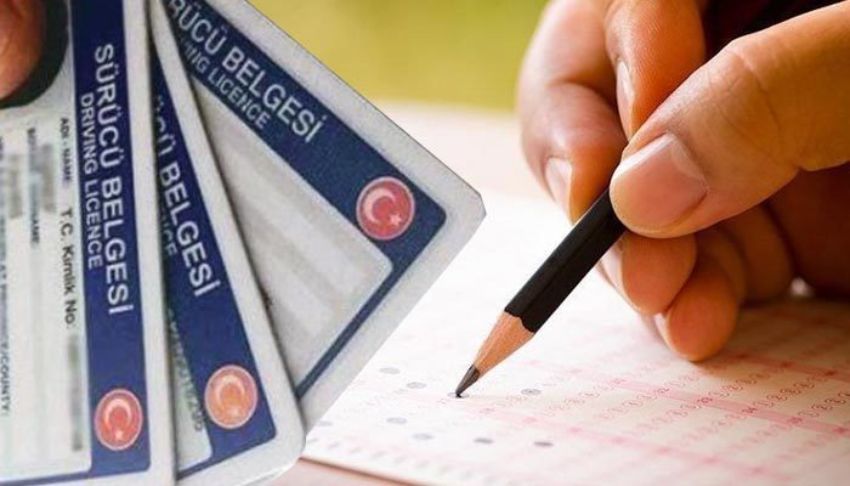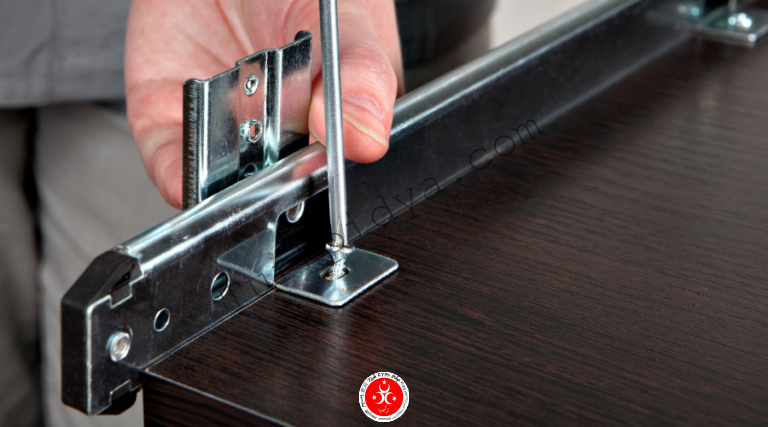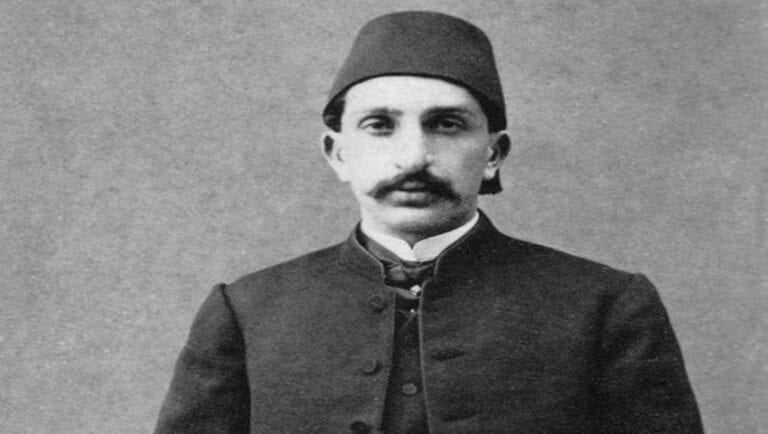Table of Contents
The driving license test in Turkey is the test that qualifies you to acquire the driving license. The test consists of two parts: a theoretical one and a practical one.
You can study and learn to drive easily in Turkey, as the school provides you with the possibility to book an appointment for the test.
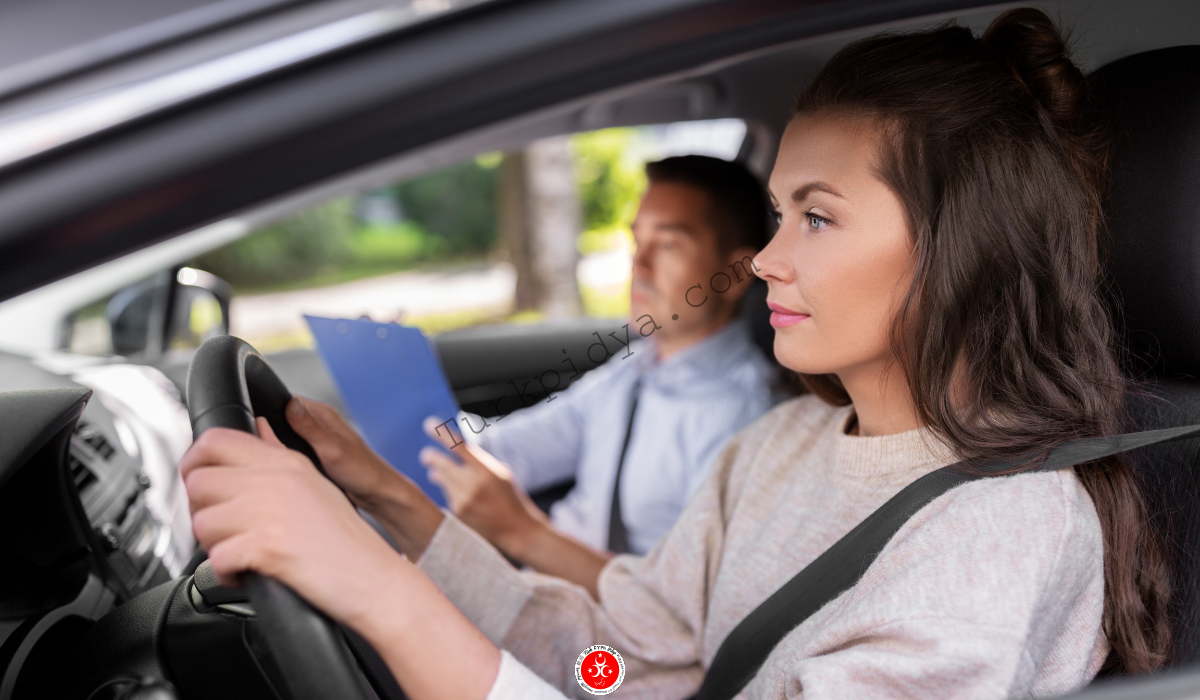
About the Driving License Test in Turkey
The driving license exam in Turkey is an essential step for obtaining a Turkish driver’s license, enabling you to travel with your car in all cities and states.
The driving exam in Turkey is divided into a theoretical driving test and a practical driving test, in which you must pass the two tests to be eligible for the license.
Theoretical Driving Exam in Turkey (e-exam)
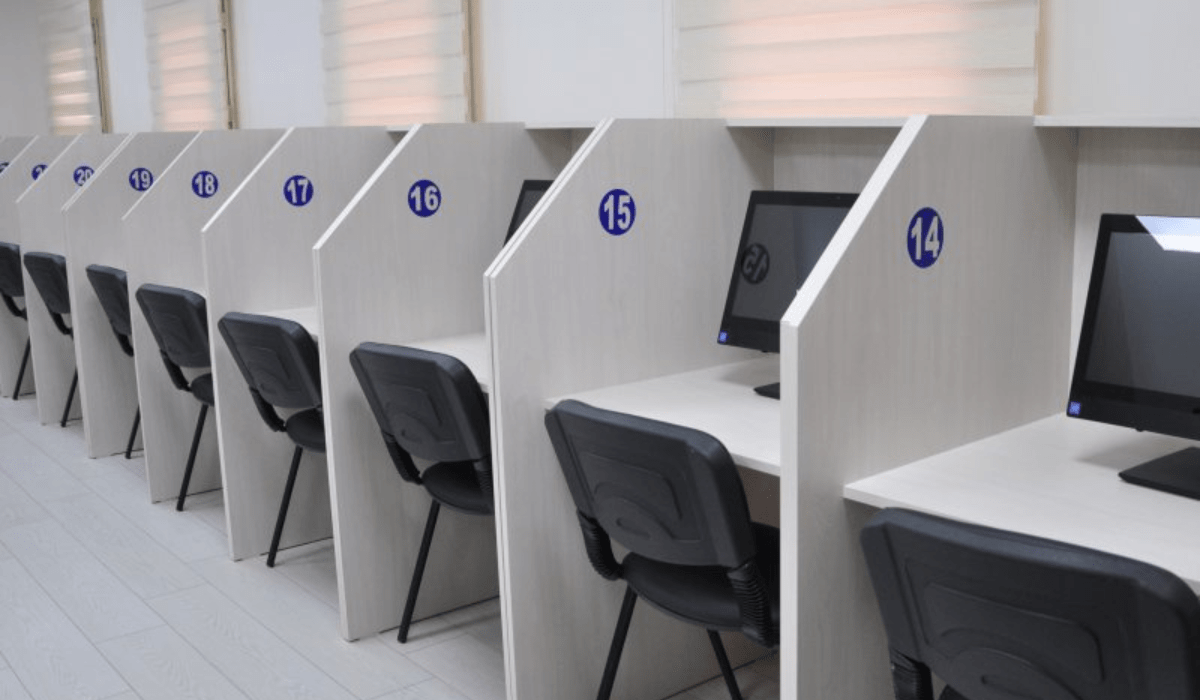
Electronic driving license exam, also known as e-exam, is an exam system administered to driver candidates via computer. Anyone who applies for a driving school and completes the necessary course training can apply for the e-exam.
In this system, the theoretical knowledge required for candidates to obtain a driver’s license is tested electronically. E-exam allows all transactions to be carried out electronically without using printed documents. Candidates answer questions through a special e-exam software.
The exam is considered a time-saving method for driver candidates. The operation of the e-exam involves candidates answering questions on a computer through a system that can be done back and forth.
The exam content covers topics such as first aid, traffic, engine and traffic etiquette and consists of 50 questions in total. The exam duration is determined as 45 minutes. To be successful in the exam, at least 70 points, that is, 35 correct answers, are required.
It is necessary to make an appointment in advance for e-exams. If a candidate fails the exam, he must wait 15 days at the earliest for a new appointment. If a candidate does not take the exam again within 45 days after the last exam he or she took, he or she is considered to have lost one of his or her rights.
E-exam results are announced as soon as you complete the exam, meaning quick feedback for candidates.
The cost of the e-exam is 400 TL (14,01 $) and this fee is paid through Ziraat, Halk and Vakıf banks via internet banking or ATM. (2023)
In order for the driver candidate to take the exam, the theoretical training provided by the driving school must be completed. The exam cannot be taken before the training is completed.
Candidates can take the exam four times, and appointment dates can be changed at least three days before the exam.
Following a successful e-exam, the course must plan and complete the driving instruction required for the candidate to take the driving test. It is difficult to give an exact date as the timing of the driving test depends on various factors. However, for a candidate who has passed the theoretical exam, considering all processes, it can be estimated that the driving test will be held one month later at the earliest.
The entry document required for the e-exam is obtained from driving schools. During the exam, candidates should not have any electronic devices with them and should bring their identity documents with them.
Some traffic centers provide a theoretical driving test in languages other than Turkish, the most important of which are Arabic and English, you can ask about that before you go to the test.
To get more detailed information about driving license fees in Turkey, you can click on our article “Driving License in Turkey: Exams, Conditions, Fees“.
Practical Driving Test in Turkey

Driving exams are held on weekends, Saturdays or Sundays, on the dates determined by the Provincial Directorate of National Education. Exams start at 08:20 in the morning and end at 17:10 in the evening. Each candidate is given a 40-minute appointment, and the exam duration is at least 35 minutes. Exams are held on designated routes.
In order to take the exam, an exam entry document and identity card or passport are required. Documents are prepared 3–4 days before the exam and candidates are notified via SMS.
You must be present at the exam site at the exam time; otherwise, you cannot take the exam. The exam fee must be paid six days before the exam date.
During the exam, there are two commission members and a master instructor appointed by the Directorate of National Education. If the exam fails, a midterm exam will be held approximately two weeks later.
The test items for the driving exam are:
- Checking Tire Pressure: Visually inspecting if the tires have sufficient air pressure.
- Demonstrating Vehicle Components: Showing the vehicle’s engine and other components as requested by the Examining Officer.
- Opening the Hood: Using the lever located near the clutch pedal to open the hood and securing it in place.
- Identifying Engine Parts: Pointing out the battery location, engine oil, coolant, and windshield washer fluid compartments.
- Checking the Trunk: Opening the trunk to display the spare tire, jack, reflector, and first aid kit.
- Preparing for Vehicle Operation: Opening the car door, adjusting the seat and safety belt, and setting the mirrors.
- Checking Brake and Lighting Systems: Examining the handbrake and footbrake, and operating the lighting systems.
- Checking Vehicle’s Operational Status: Assessing if the vehicle is running by checking the tachometer.
- Changing Gears: Shifting gears while fully pressing the clutch pedal.
- Using Turn Signals: Properly using signals for starting and turning.
- Using the Handbrake: Releasing and applying the handbrake.
- Preparing and Executing a Start: Using the clutch and accelerator for a smooth start.
- Handling the Steering Wheel: Holding the steering wheel with both hands in the correct position.
- Changing Lanes: Switching lanes appropriately when approaching intersections.
- Adhering to Traffic Lights: Stopping correctly at red and yellow lights, and proceeding at green lights.
- Performing a Reverse Drive: Reversing at least 25 meters and paying attention to the parking sensor.
- Parking Skills: Demonstrating parallel parking and L-shaped parking abilities.
- Stopping the Vehicle: Properly stopping the vehicle, shifting to neutral, and applying the handbrake.
- Safely Exiting the Vehicle: Safely opening the car door and exiting the vehicle.
Throughout the exam, these skills and knowledge are assessed by the examination committee, and the candidate’s performance is evaluated as either “PASS” or “FAIL”.
Some mistakes that must be avoided in the Turkish practical driving test
- Drinking wine
- Not fastening the seat belt before driving
- Not inspecting the car mirrors
- Failure to adhere to the specified driving path
- Ignore the turn signals
- Loosen the belt while driving
- Not decelerating before turning

